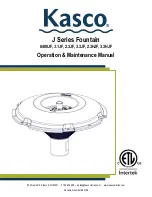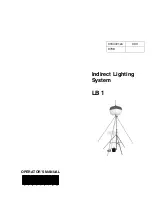
5
English
Placement
The following points should be considered before installation:
1. The PIR sensor on the light is designed for optimum function when it is mounted
2.5 metres above ground.
2. Avoid pointing the PIR sensor towards hot surfaces or heat sources such as
ventilation ducts.
3. Avoid mounting the outdoor light close to strong magnetic fields as this may cause
the light to be activated unnecessarily.
4. The PIR sensor is most effective for detecting motion moving across the surveillance
area and less effective at detecting movement towards it.
5. The PIR sensor works best in low humidity and at an ambient temperature around
20 °C. Rising and falling temperatures and increased humidity can contribute to
a gradual decreased sensitivity in both detection angle and distance.
6. Avoid pointing the PIR sensor towards reflective surfaces such as white walls or water.
Setting
There are two controls on the bottom of the light,
SENS
(activation sensitivity) and
TIME
(duration of activation).
•
SENS
(sensitivity for activation)
The SENS control (on the left when facing the light) controls the sensitivity, i.e. how
much of a change in temperature is required in order to activate the PIR sensor.
Turning the knob anticlockwise lowers the sensitivity (the light requires a greater
change in temperature to be activated) turning it clockwise increases the sensitivity
(the light requires less of a change in temperature in order to be activated).
•
TIME
(duration of activation)
The TIME control (on the right when facing the light) controls the activation time.
The length of activation can be adjusted from 10 (+/-5) seconds to 4 (+/-1)
minutes. Turn the control knob anticlockwise to shorten the duration of activation
or clockwise to lengthen the duration of activation.
Note
: Once the power supply to the light has been switched on, the light will
enter “warm-up mode” for about 30 seconds (within 1 minute). It will then switch
automatically to “auto” mode.






































